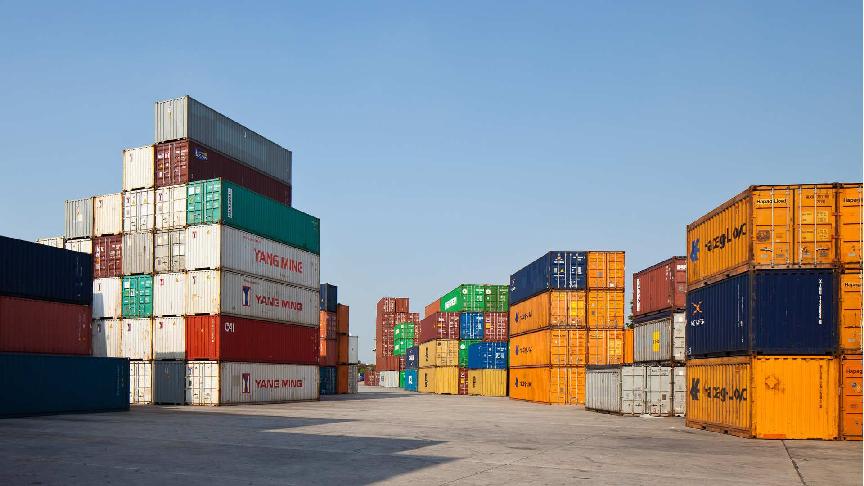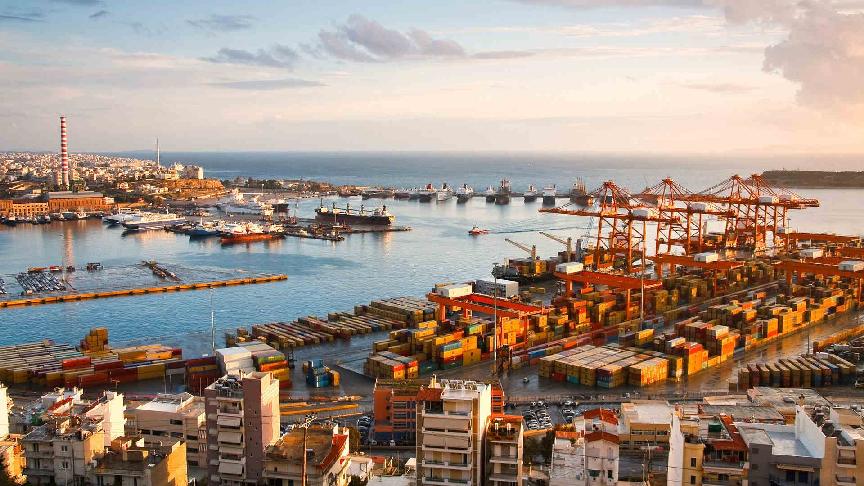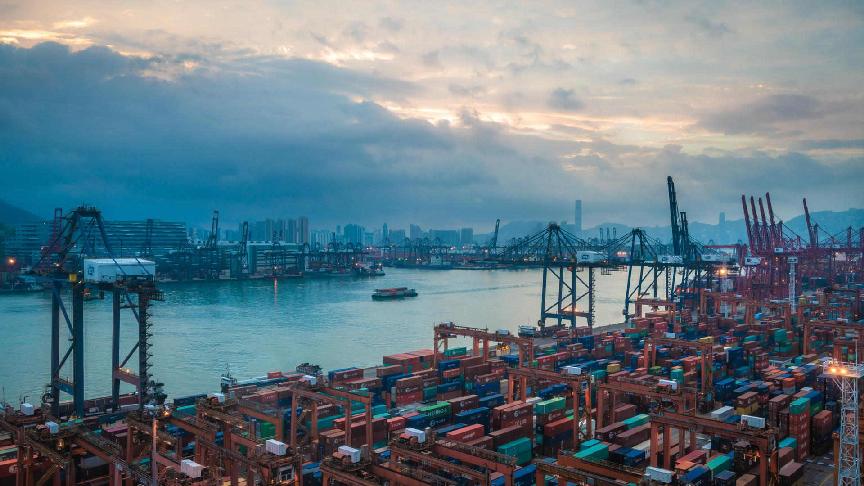21 June 2024 (Lloyd's List) - THE challenges faced in container shipping since the beginning of the decade have led to “unprecedented” challenges for ports and terminals in the Mediterranean.
“These have included the pandemic, the Ever Given (IMO: 9811000) casualty, cyber attacks and the explosion in Lebanon and now the Middle East crisis and the Red Sea disruptions,” port of Barcelona head of strategy Jordi Torrent told the recent TOC conference in Rotterdam.
“When each crisis is over we tend to think, okay, let us go back to normal. But suddenly a new crisis emerges and we need to adapt again. We have to think that these disruptions are a situation that we will have to live with, because it has been like this for some years already.”
Torrent, who is also secretary-general of industry association Medports, which represents 23 facilities in the region, said that each crisis had affected predictability and reliability.
“Before the pandemic, at Barcelona we used to have a 90% schedule reliability,” he said. “In 2022 and in the first half of 2023, it fell to 30%-35%. It recovered to 60%-70% before the tragedy in Gaza and the Red Sea crisis and is now down to 50%-60%.”
That had been a part of the reason behind the surge in freight rates. The latest data from the Shanghai Containerised Freight Index shows rates on Asia-Mediterranean routes at over $4,800 per teu.
“We can say that we live in a period of uncertainty and we have to live with this because it doesn't look like it is going to change at least in the short to medium term,” Torrent said.
“And throughout all this period, we have seen sustained growth of traffic in the Mediterranean. Moreover, if we compare to other European ports, the expectation is that in the coming years, the growth in Mediterranean ports could be higher than other regions.”
Much of this growth had come in the form of increased transhipment volumes, particularly in ports such as Piraeus and Tanger Med.
“In Barcelona, we are a gateway port, but today we have more than 50% traffic in transhipment,” Torrent said.
But total volumes were also up.
“We see how figures of import-export, for instance in Spanish ports or in northern Italian ports in the Adriatic, are growing more than in other regions in the continent, so we expect a steady growth of traffic in the Mediterranean, in both transhipment and gateway traffic, in the coming years.”
Intra-regional trade was helping to boost volumes, he added.
“Trades between countries in the region is increasing, between Spain and Morocco, and between Italy and Spain, Türkiye and northern ports like Koper and Trieste,” he said.
This was partially fuelled by trade tensions building between the US, Europe and China.
“Some companies are bringing back some production into the region in order to be closer to European customers,” Torrent said.
“Mediterranean countries are where these companies are investing a lot in production environments. Fashion manufacturer Inditex used to produce everything in Asia but now they are producing a lot in Mediterranean countries like Türkiye, Spain, and Morocco.”
But the Red Sea crisis and new environmental regulations were bringing pressure to ports in the region.
“The disruption in the Red Sea has changed the rotations of some shipping lines and we see how some transhipment operations that used to be done in the eastern Mediterranean and have been done in the western Mediterranean, from Barcelona to Tanger Med,” Torrent said.
“In our case, we are growing at 25%. Valencia has grown by 12% and Tanger Med is seeing similar figures. This is because operations that were happening in Port Said, Piraeus and in other ports in the eastern Mediterranean are happening in the west.”
But the capacity in the western Mediterranean to grow was not unlimited.
“Some ports are facing congestion due to this sudden increase of traffic and terminals have to adapt the operations in order to be able to accommodate this traffic and not hamper the traditional import and export traffic that used to be there.
“In our case again in Barcelona, for instance, with this increase of traffic we have been forced to do different things,” he said.
“The terminals have been forced to extend the working hours on the land side and also change the priority of berthing allocation to avoid delaying the larger vessels.”
But this sudden increase of traffic has now put some pressure on the operations on both the sea side and on the land side.
“Before the pandemic it used to be uncommon to have 10,000-12,000 moves per call,” Torrent said.
“Now it is very common to have calls of vessels that require 12,000-13,000 movements per call and this obviously puts a lot of pressure on the productivity of the terminals.”
Environmental regulation was also adding to the stresses faced by Mediterranean ports.
“It can have different effects in the region and on the European ports and non-European ports,” Torrent said.
“We see, for instance, how the environmental trading system is going to make shipping lines calling European ports pay for the emissions along their journey. That is not going to happen in non-European ports. So this could change the level playing field in the region.”







